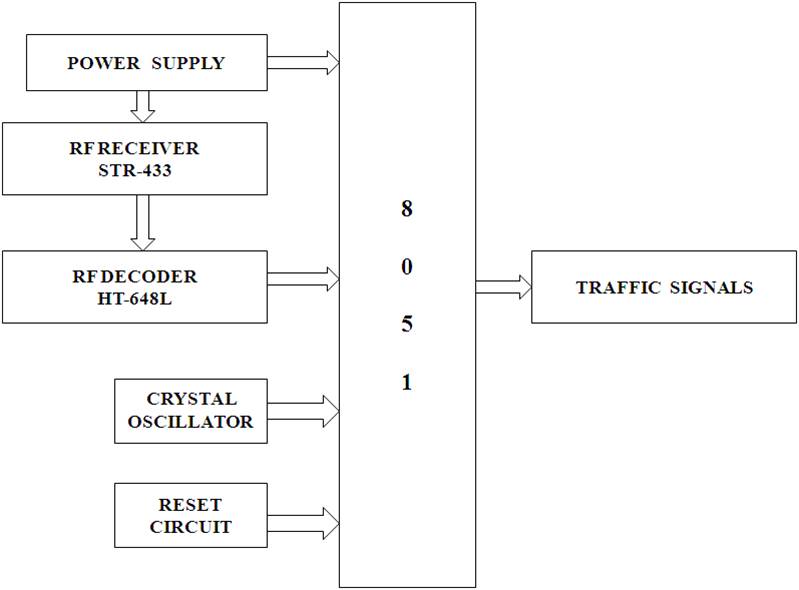Internal combustion engine with 2-stroke/4-stroke switching during its operation
Internal combustion engine with 2 / 4 (two and four) stroke switching concept. The proposed improvements to conventional four-stroke internal combustion engine (ICE) accelerate its gas exchange and allow switching the ICE (especially Diesel) from four-stroke to two-stroke regime during engine operation. Scavenging in four-stroke and two-stroke mode of operation is fulfilled through the same inlet and exhaust valves.
Full Description:
The engine with proposed improvements is capable of doubling the engine output power and of holding it up for a certain period (time depends on a type of the engine) without overheating. This feature allows increasing the vehicle power-to-weight ratio when it is necessary in accordance with the changing vehicle operation and road conditions.
Eligible areas of activity for the proposed innovations are:
(1) combat tank diesel engines,
(2) combat vehicle and heavy army truck diesel engines,
(3) heavy truck diesel engines,
(4) special purpose vehicles diesel engines (emergency vehicles, fire trucks and others)
(5) engines in electrical generator sets.
The essence of the innovation is to improve gas exchange during the two-stroke mode of engine operation. Four-stroke gas exchange is performed like in ordinary four-stroke diesel engine. Two-stroke gas exchange is performed through the inlet and exhaust valve unlike scavenging ports in conventional two-stroke diesel engine.
Inlet valves 6 are located on periphery of the cylinder head; exhaust valve 4 is along the cylinder axle or with a small offset. The fresh air, preliminary compressed in the engine turbocharger and additionally compressed and cooled in the supercharger with inter-cooler, is supplied into the working cylinder 1 through tangential inlet passages 5 placed at a certain angle to the cylinder head surface. Then the fresh air starts swirling as a dense bed along cylinder walls and displacing to its center and wrings exhaust gases from the cylinder walls to its axle. When the fresh air stream reaches the bottom of piston 2 it turns and expels exhaust gases, concentrated along the cylinder axle, through exhaust valve 4 into the exhaust passage 3.
To lower residual gases ratio and to cool hot surfaces, cylinder scavenging, accompanied by the discharge of some amount of fresh air charge into the exhaust system, is performed. Phases of gas exchange are typical of two-stroke conventional IC engines. Supercharger of any appropriate type with inter-cooler is complemented to conventional IC engine, the arrangement of both the inlet valves and exhaust valve on the cylinder head as well as the valve-operating system are changed in order to provide a four-stroke and a two-stroke engine mode of operation. The fuel pump is selected and adjusted to provide fuel supply in correspondence with the number of working strokes.
Unlike the conventional two-stroke IC engine (especially two-stroke Diesel engine), there are no scavenging ports in the proposed design and no losses of burnt oil through them. It provides the same harmful emission as the emission in conventional diesel engines.
Fields of implementation of the innovation in details
Combat tanks
Average characteristics of modern combat tanks: a vehicle with the weight ~60 tons; max speed 72 km/h; and acceleration 0-36 km/h for 6 sec. These travel parameters are provided by 1,500 hp power plant, which is either a diesel engine or a gas turbine. The inconsistency of a tank power plant is that the maximum power is required only for a short time of a combat tank life span – mainly during a combat or occasionally in other cases, while usually tank uses only 700-800 hp for a plain moving its weight at a constant speed and favorable moving conditions. The proposed innovation provides:
– The use of a suitable 1,000-1,500 hp diesel engine produced by any diesel engine manufacturers as a prototype for the power plant of a prospective combat tank. The engine prototype with proposed improvements produces 2,000-3,000 hp for a short time and doubles its power-to-weight ratio during a combat operation;
– The avoidance of designing the entirely new two-stroke diesel engine from scratch;
– Design a combat tank with the highest power-to-weight ratio and dominant maneuverability;
– The possibility of installing an additional fuel tanks inboard to increase the vehicle range without refueling
Combat vehicles and army heavy trucks
Main US Army combat vehicles IFV M2 A1 and A2 “Bradley” are equipped with Cummins diesel engines VTA903-T500 with power 500 hp and VTA903-T600 with power 600 hp respectively. The implementation of the proposed improvements in these diesel engines increases M2A1 and M2A2 maneuverability at the expense of doubling power-to-weight ratio. Moreover, the new Cummins VTTA903-T750 and T800 also can be “boosted” by the proposed innovation.
Trucks
It is possible to use the proposed improvements for civilian truck diesel engines. There is large market for the trucks with the “boosted” diesel engines like in Latin America, China, India and Southeast Asia (except Japan) countries. The truck with “boosted” diesel engine gains the ability to reach the given speed 1.7 times faster than with the conventional one. This feature is mostly useful when the truck outstrips the up-front vehicle on a counter traffic lane as well as overcomes the rise without switching the gear and slowing down vehicle speed












